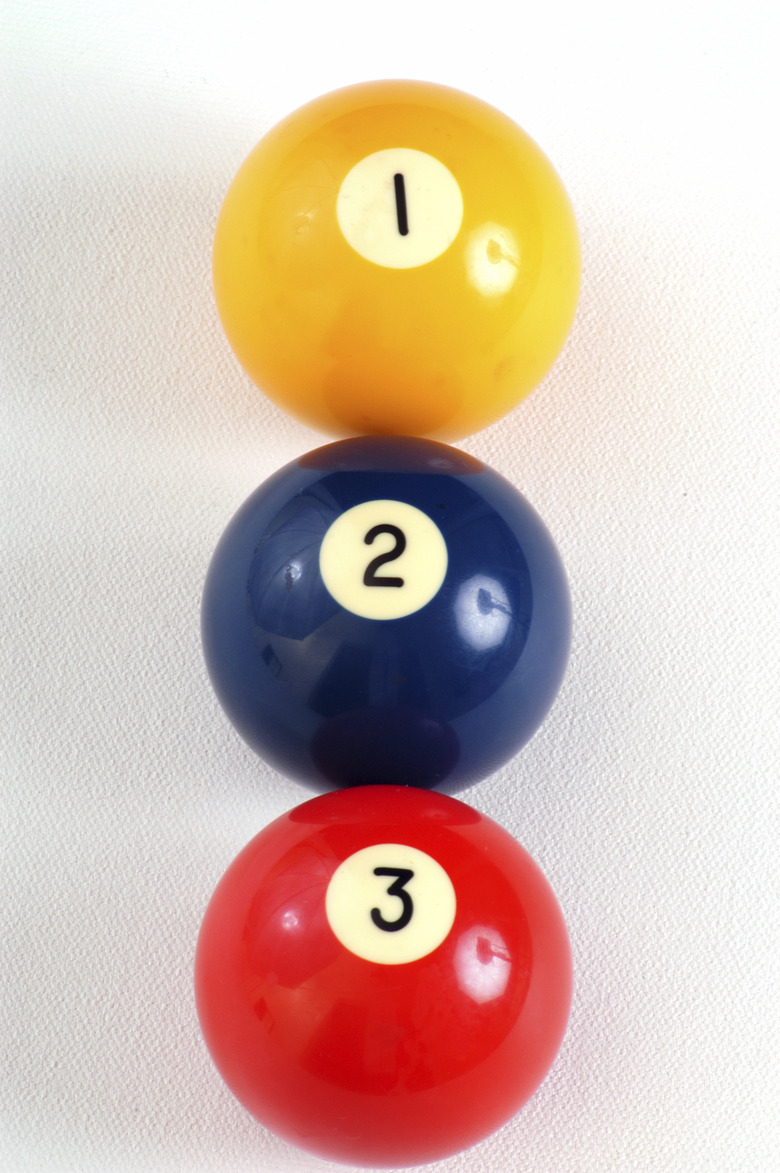How To Find Consecutive Integers
Consecutive integers are exactly one away from each other. For instance, 1 and 2 are consecutive integers and so are 1,428 and 1,429. A class of math problems involves finding sets of consecutive integers that meet some requirement. Examples are that their sum or product has a particular value. When the sum is specified, the problem is linear and algebraic. When the product is specified, the solution requires solving polynomial equations.
Specified Sum
Specified Sum
A typical problem of this type is, "The sum of three consecutive integers is 114." To set it up, you assign a variable such as x to the first of the numbers. Then, by the definition of consecutive, the next two numbers are x + 1 and x + 2. The equation is x + (x + 1) + (x + 2) = 114. Simplify to 3x + 3 = 114. Continue to solve to 3x = 111 and x = 37. The numbers are 37, 38 and 39. A useful trick is to choose x – 1 for the starting number to get (x-1) + x + (x + 1) = 3x = 114. This saves an algebraic step.
Specified Product
Specified Product
A typical problem of this type is, "The product of two consecutive integers is 156." Choose x to be the first number and x + 1 to be the second. You get the equation x(x + 1) = 156. This leads to the quadratic equation x^2 + x – 156 = 0. The quadratic formula gives two solutions: x = 1/2(1 ± sqrt(-1 + 4*156)) = 12 or -13. Thus there are two answers: [12,13] and [-13,-12].
Cite This Article
MLA
Ph.D., Ariel Balter,. "How To Find Consecutive Integers" sciencing.com, https://www.sciencing.com/consecutive-integers-8435850/. 24 April 2017.
APA
Ph.D., Ariel Balter,. (2017, April 24). How To Find Consecutive Integers. sciencing.com. Retrieved from https://www.sciencing.com/consecutive-integers-8435850/
Chicago
Ph.D., Ariel Balter,. How To Find Consecutive Integers last modified August 30, 2022. https://www.sciencing.com/consecutive-integers-8435850/
